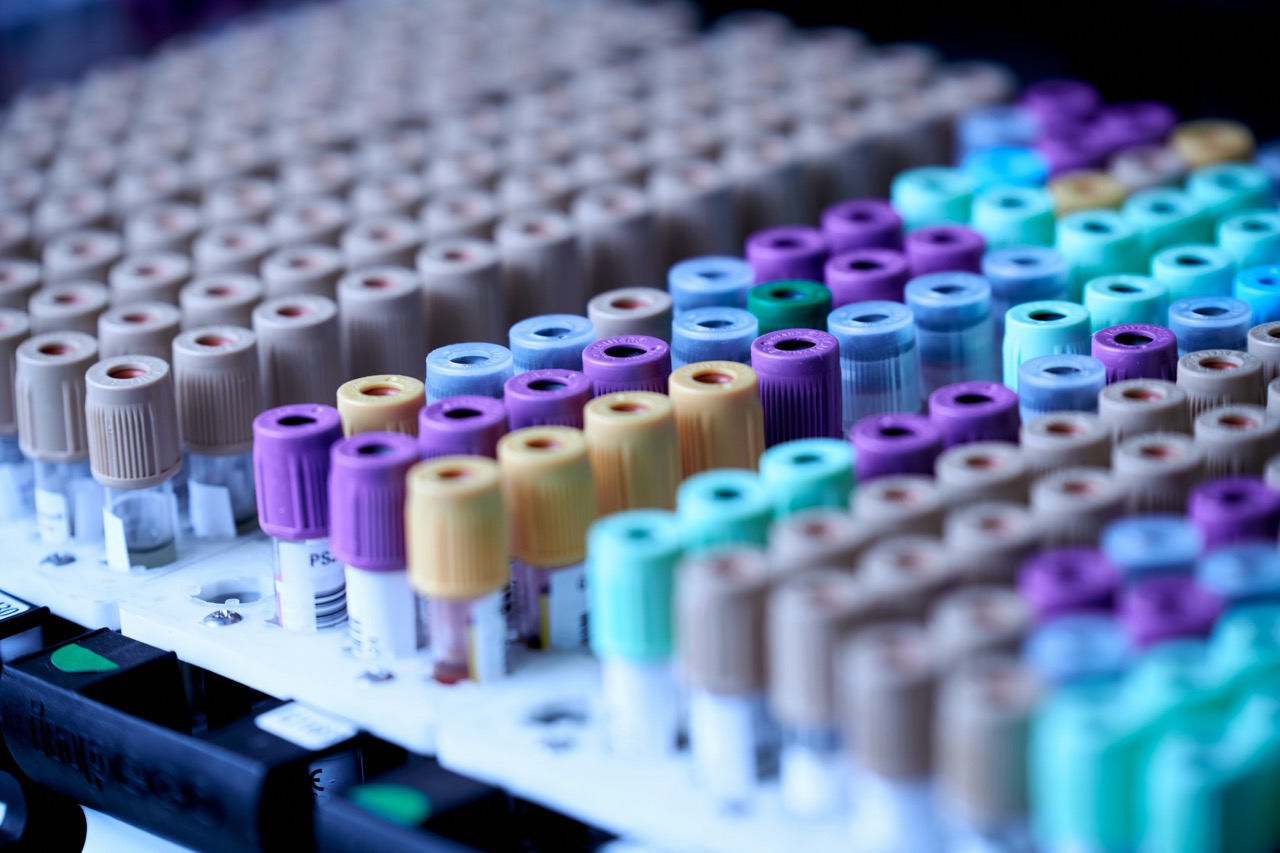Human Papillomavirus (HPV) is a common sexually transmitted infection that can affect anyone who is sexually active. With over 100 different types, some strains can lead to serious health issues, including cervical cancer and other genital cancers. Testing positive for HPV can understandably lead to concern and confusion, but it’s essential to be informed about what this diagnosis means for your health, the next steps to take, and how to protect yourself and others. In this article, we’ll explore the implications of a positive HPV test, health evaluations, follow-up options, and preventative measures you can adopt.
Understanding HPV: What a Positive Test Means for You
Receiving a positive HPV test result indicates that you have one or more strains of the virus. It’s important to note that most HPV infections are transient and resolve on their own without causing any health issues. However, some high-risk strains can lead to significant health consequences, including various forms of cancer, particularly cervical cancer in women. Understanding the type of HPV detected is crucial, as low-risk types may cause benign conditions like genital warts, while high-risk types are associated with cancer development.
When an HPV test is positive, it’s essential to remember that it does not mean you have cancer or will develop it. The majority of people with HPV do not experience any symptoms and will not develop serious health problems. Regular screenings, such as Pap smears for women, are essential as they can detect cellular changes in the cervix caused by HPV before they progress to cancer. This underscores the importance of staying up-to-date with routine check-ups and screenings.
Being informed about HPV and its implications can help alleviate anxiety associated with a positive test result. It is vital to consult with a healthcare provider who can explain your specific situation, the type of HPV detected, and the associated risks involved. This knowledge empowers you to take proactive steps in managing your health effectively.
Evaluating Your Health: Risk Factors and Symptoms to Watch
Understanding your risk factors is a critical part of managing a positive HPV diagnosis. Factors such as smoking, having a weakened immune system, and long-term use of oral contraceptives can increase the likelihood of HPV-related health issues. It’s also pertinent to consider your sexual health history, including the number of sexual partners and any previous STIs, as these can influence the likelihood of contracting and developing complications from HPV.
While many HPV infections are asymptomatic, some individuals may experience signs that warrant attention. For women, symptoms often manifest through abnormal Pap test results, while men might notice changes such as warts or lesions. It’s crucial to be vigilant about any unusual symptoms and seek medical advice promptly. Early detection of any potential health issues can significantly improve outcomes and provide more treatment options.
Regular check-ups with your healthcare provider are essential for monitoring your health after a positive HPV test. They can help you understand what to look out for and guide you in making informed decisions regarding your sexual health. Keep an open line of communication about any concerns or symptoms you may have, as this collaborative approach is vital for effective health management.
Next Steps: Follow-Up Testing and Treatment Options Available
Once you have tested positive for HPV, your healthcare provider may recommend follow-up testing. For women, this typically involves Pap smears and HPV tests conducted at regular intervals to monitor for any cellular changes in the cervix. If abnormal cervical cells are detected, further diagnostic procedures, such as colposcopy or biopsy, may be necessary to determine the presence of cancerous or precancerous conditions.
For men, there is currently no routine screening for HPV-related issues, but those who develop symptoms like genital warts should seek medical evaluation. Treatment options for genital warts include topical medications, cryotherapy, and surgical removal. For women, treatment for abnormal cervical cells can involve procedures like loop electrosurgical excision or laser therapy, depending on the severity of the findings.
It’s important to recognize that while there is no cure for HPV itself, many of its associated conditions can be managed effectively with appropriate medical intervention. Working closely with your healthcare provider can help to develop a personalized plan that addresses your specific situation, ensuring that you receive the necessary care and support.
Preventative Measures: Vaccination and Lifestyle Adjustments
Preventing HPV infection is a primary consideration after testing positive. The HPV vaccine, which protects against several high-risk strains, is an effective way to reduce the risk of developing HPV-related cancers. The vaccine is recommended for preteens and young adults but can also be beneficial for older individuals who have not previously been vaccinated. Consulting with your healthcare provider about vaccination options is a wise step to take.
In addition to vaccination, adopting healthy lifestyle adjustments can significantly contribute to your overall health and reduce the risk of HPV-related complications. This includes practicing safe sex by using condoms and limiting the number of sexual partners. Regular screenings and health checks are vital, as they help to catch any potential issues early on.
Strengthening your immune system can also aid in managing HPV. This can be achieved through a balanced diet rich in fruits and vegetables, engaging in regular physical activity, and avoiding smoking and excessive alcohol consumption. Staying informed and proactive about your health can empower you to take control and minimize the risks associated with HPV.
A positive test for HPV can be daunting, but understanding what it means and the next steps can help you navigate this diagnosis with confidence. By evaluating your health, staying vigilant about risk factors and symptoms, and working closely with your healthcare provider, you can manage your situation effectively. Emphasizing preventative measures, including vaccination and healthy lifestyle choices, will not only protect your health but also contribute to a broader effort to reduce the prevalence of HPV and its complications. Remember, education and proactive care are your best allies in maintaining your health and well-being.










